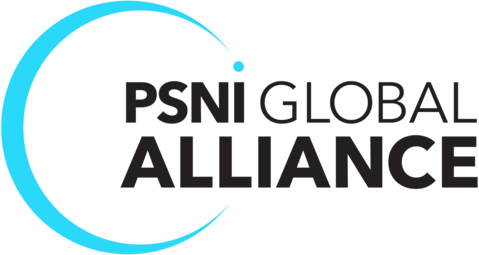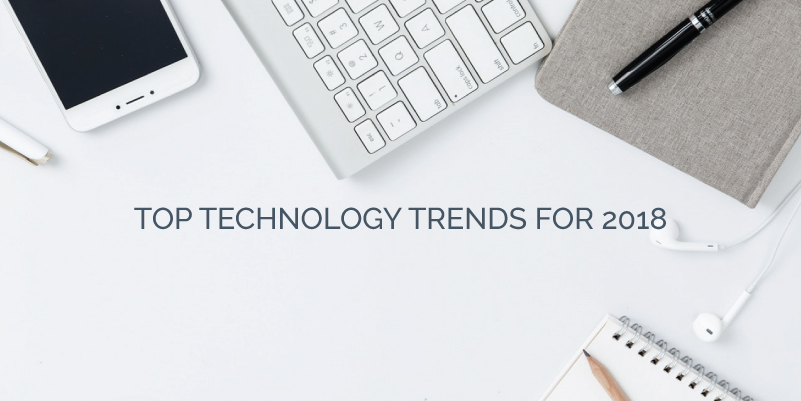We all have that cool friend who frequents the latest restaurants, knows the newest music, can tell you every new detail about the latest Snapchat update – seemingly before it hits our phones. (Wait, what’s Snapchat?) Having a good outlook on trends can make you a great resource in your personal life – and the same goes for your professional life. As technology professionals, being in the know about emerging trends can help inform the goals and investments you make for your employees and your organization in the coming year. That’s why we’ve compiled 5 of the most talked about trends for 2018 – so far…
The Top 5 Most Talked About Trends for 2018
Audiovisual and information technology is always evolving, and your company needs to evolve with it to remain competitive and retain top talent. Here are the most talked about trends you should be tracking to stay ahead of the curve.
1. IOT in Education
Higher education continues to experience a high degree of disruption, both from traditional students demanding ever-increasing connectivity and immersive learning experiences, as well as from growing numbers of non-traditional remote learners who expect a quality educational experience even from a distance. Leveraging devices connected through the Internet of Things (IOT), including personal devices such as cell phones and laptops, as well as universities assets such as printers and classroom audiovisual equipment can meet the needs of both groups. Increased connectivity through the IOT will also allow colleges and universities to gather relevant data and track performance trends across the student body in real time, opening the door to improved teaching methodology and tailored learning experiences for better educational outcomes.
2. Artificial Intelligence
Voice control, holograms and robots, oh my! Once the stuff of science fiction, artificial intelligence (AI) is finding its way into the most commonplace industries. Every day applications include holograms that can act as receptionists and trade show presenters, or multi-lingual robots that can give directions to travelers in busy airports and train stations. Some models can even track and analyze engagement information
3. 5G Connectivity
5G is the next generation of high-speed wireless connectivity and promises to increase speed and coverage over the existing 4G network, with increased connectivity points and decreased latency. Reduced power consumption and faster, more secure connectivity will help employees take advantage of advanced technology such as digital assistants; it will help college students access Wi-Fi reliably across even large campuses; and will allow industries such as manufacturing to automate systems that can be monitored and maintained remotely.
4. Digital Reality
Digital reality (DR) includes augmented reality, virtual reality, mixed reality and other immersive technologies, and it’s coming to a workplace near you. Deloitte predicts DR spending will grow from $9.1 billion in 2017 to $160 billion in 2021, a compound annual growth rate of 113.2 percent. And we’re not talking about one-off pet projects. DR is increasingly being incorporated in mission critical applications within companies including automobile design at BMW and entertainment experiences on Air France flights as well as assembly and safety, retail showcasing and process manufacturing training across industries.
5. Continuing Education
As technology evolves, employee skills need to evolve with it. New technology is no use if no one can operate it, and employees without updated skills will soon find themselves irrelevant. This is obviously bad news for employees, but it’s bad news for employers, too. According to the National Federation of Independent Business, 45 percent of small businesses were unable to find qualified candidates to fill their open positions, and 60 percent of all employees had job openings that stayed open for 12 weeks or longer. That adds up to $800,000 a year in lost productivity and advertising fees. Making an institutional investment in uptraining employees will help companies close the skills gap, increase productivity and retain top talent.
Be a Trend Setter, Not a Trend Chaser
Staying informed about and ahead of 2018’s top trends isn’t just a nice thing to try—it’s a necessity for protecting your bottom line. Whether it’s recruiting new students, retaining key employees or cruising past the competition, setting the trend rather than chasing it will set you up for increased success and productivity all year long.









